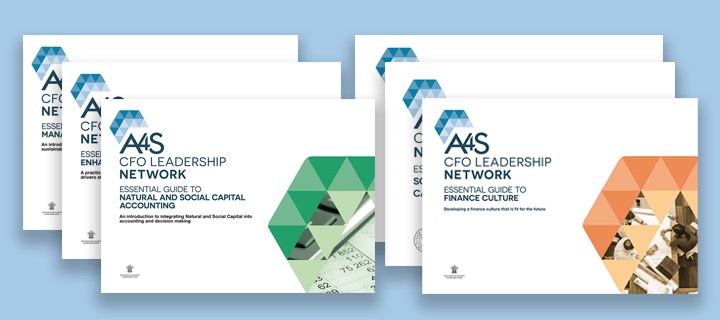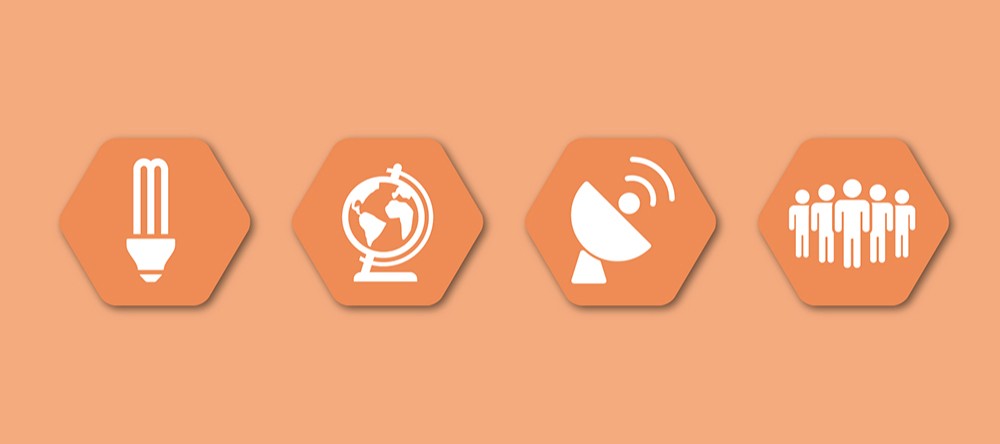Coca-Cola Hellenic: Strategic Planning, Budgeting and Forecasting
Integrating environmental and social factors into the capital expenditure evaluation process
Key lessons learned: to keep processes practical, grow step by step, don’t become theoretical, link well across the business and continually improve these processes further.
The company is a leading bottler of The Coca-Cola Company brands. Water is the main resource of a beverage business, and energy is a major input. While cost savings are a key consideration, the company believes the greatest benefit from monetizing our broader impact will come from the mid to long term strategic impact of being more efficient in natural resource and energy use, while maintaining our licence to operate and stakeholder trust.
Our commitments
Minimizing our environmental impact across the whole value chain is a core target for us. Our areas of focus are water stewardship, energy and climate change, packaging and recycling, and sustainable agriculture. Our emission reduction goals are aligned with the latest climate models to ensure that our activities help to realize the decarbonization pathway to limit average global temperature increases to 2°C. We have committed ourselves to reducing direct carbon emission intensity by 50 percent by 2020, and to reduce total value chain emissions by 25 percent per litre of produced drink against our 2010 baseline. And that’s only the beginning; we have also developed internal challenges by setting internal carbon prices high enough to affect investment decisions to drive down greenhouse gas emissions materially. In 2016 our operational carbon emissions (from production and transport) decreased by 7.5 percent vs. 2015.
Key achievements
50% our 2020 target for reducing direct carbon intensity against our 2010 baseline
25% our 2020 target for reducing total value chain emissions against our 2010 baseline
30% our 2020 target for internal water usage reduction
Our approach
To change the capital expenditure evaluation process, a new methodology was developed to incorporate environmental and social impacts with factors such as water and carbon being monetized. Better informed decision making is now possible by requiring people to think about and prioritize investment, leading to reduced environmental impacts and improved social outcomes.
Our project was to embed sustainability factors into our capital expenditure appraisal process. First we assembled a cross functional team of internal and external experts, then we studied the A4S Essential Guide to Capex. The company began to require all 28 countries we operate in to incorporate environmental and social impacts in business plans with water and carbon being monetized. The finance function brought together all of the different departments to build a simple model that the whole field could apply, and the finance function set up and led cross functional teams of experts to create the methodology.
This meant that our people thought about and prioritized investment. The key challenge was that carbon reduction can easily become very technical and we tried to bring this across to a finance and business audience. The benefits of the process were that it allowed us to make more sensible and informed decisions and better support the efforts in that area, and the ‘before’ and ‘after’ figures bear this out. Under the old system, the 2016 water savings capital expenditure projects would have had a financial payback of 5.3 years. Under the new system, a financial payback of 0.5 years was expected. As finance, we control capital expenditure and we really worked on the process so that investment in sustainability can be processed very quickly and efficiently. A collaboration approval was also key. It was important to combine the sustainability assessment with the traditional finance assessment and then, together, that allows us to get a holistic view on our overall capital expenditure strategy in the sustainability area.




